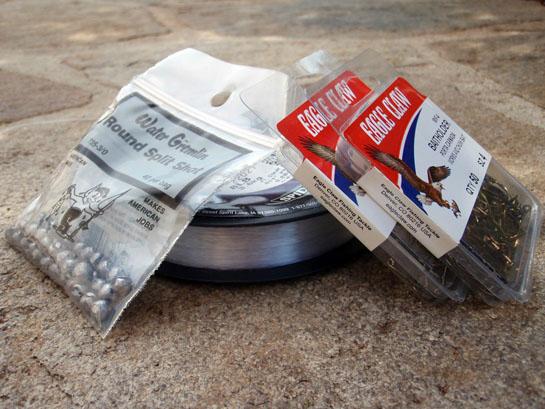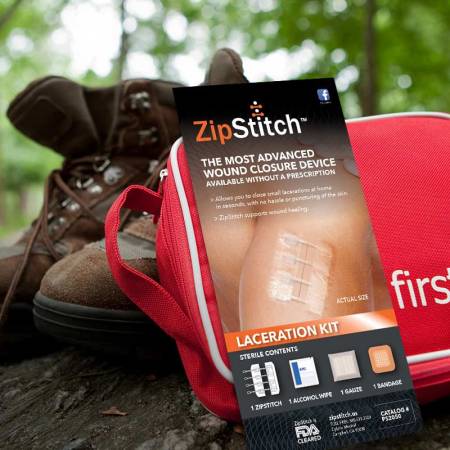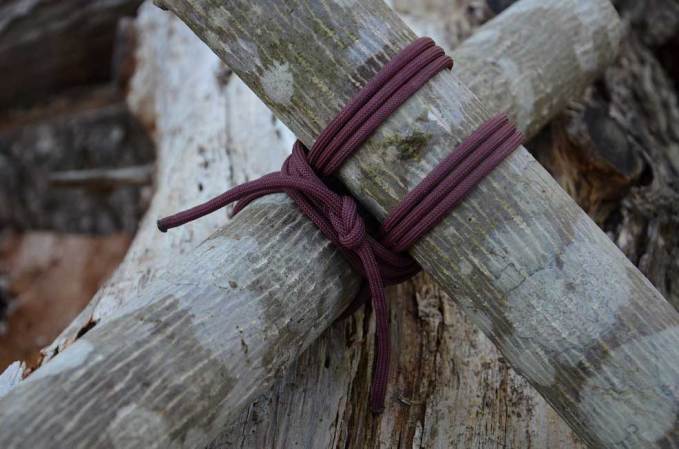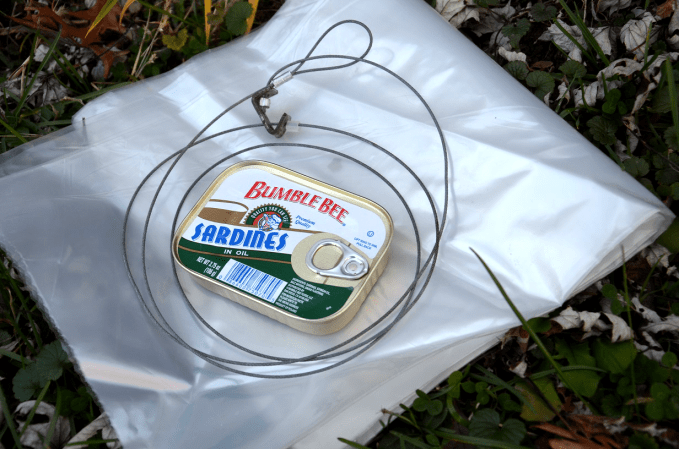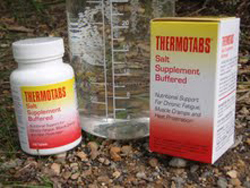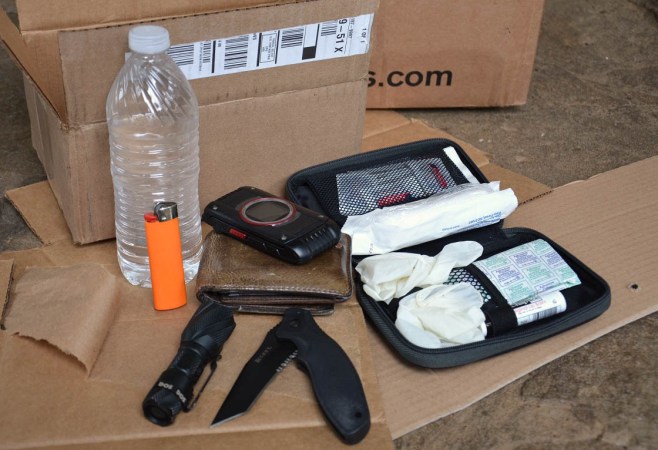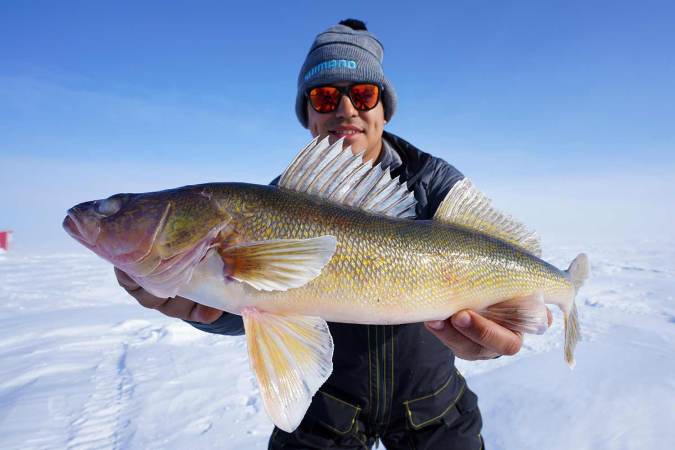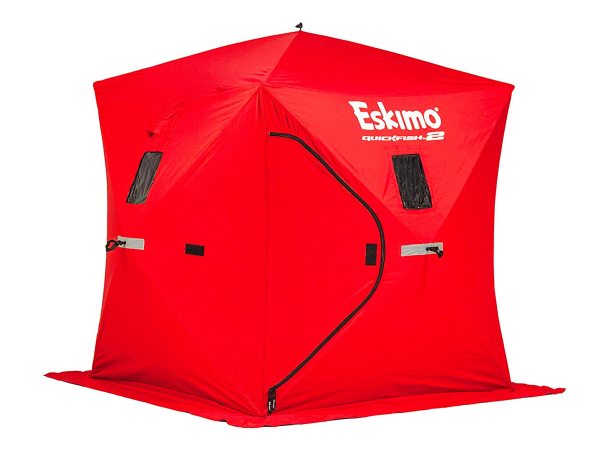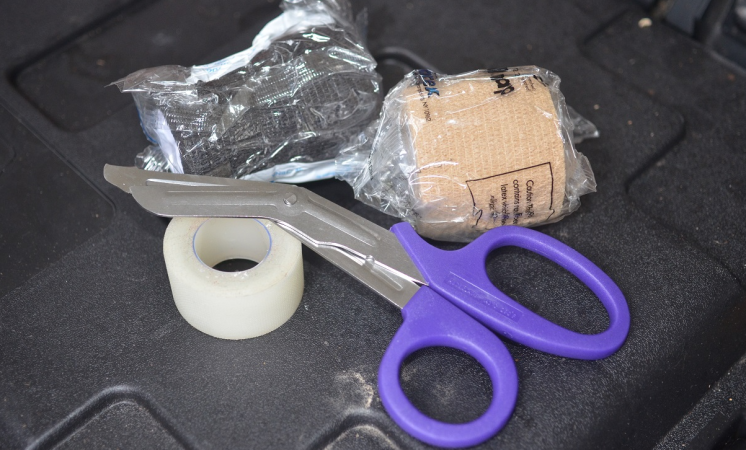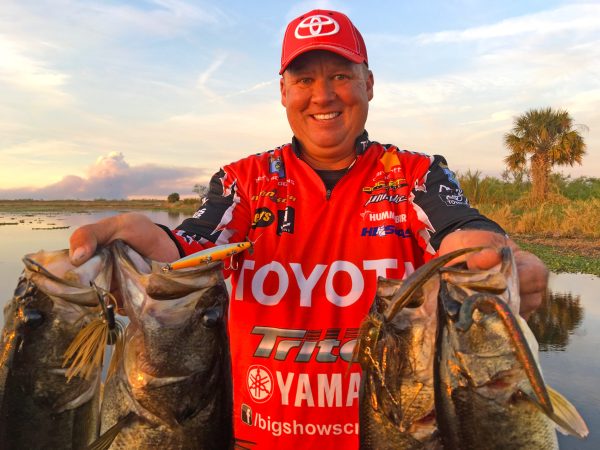We may earn revenue from the products available on this page and participate in affiliate programs. Learn More ›
You’ve got a good chance of providing food in a wilderness survival scenario if you have a little fishing gear in your survival kit. All you need is a small coil of monofilament line, some weights, and one or two dozen hooks. This seems simple enough, but over the years, I have found that the fishing gear in common survival kits is not that useful.
People expect the fishing gear to provide them with food in a survival scenario. But this gear often comes wadded up into little bundles and shoved in the corner of the box, tube or pouch with the other items. They seem more like an afterthought rather key items used to improve your odds in the game of survival.
Here’s how to make a survival fishing kit that works — if you treat it right (and if the fish are biting).
Hooks
You’ll probably imagine that you’ll be hungry in a survival scenario, and as such, you’ll want to catch a big fish. I have found that it’s more important to have smaller hooks. There may not be big fish in the local waterway, but there are always little ones. And small fish cannot bite a big hook. For best results, pack some small and medium sized hooks. I also like the hooks with “bait keeping” slices on the shank. I know that worm dunking isn’t thought of as a high art form in fishing, but you take what you can get when you’re hungry, and that includes flipping over rocks to find bait. Bait keeper hooks help you make the most of the bait you find.
Weights
A dozen little split shot weights can make a big difference in your survival fishing game. These weights can be crimped and removed easily by hand, take up little space, and make such a big difference in your casting ability. They are well worth the additional weight to your kit.
Line
Tightly bundled monofilament in survival fishing kits will take on the bends and twists of its bundling, making it a nightmare to unwind and cast. Ever try to cast a line with a kink every two inches? You probably didn’t like it very much. To avoid this, store your line in the largest round coils your survival kit will allow, keeping it in a similar shape to the spool you purchased it upon. And to make your survival fishing more effective, select a long pole to act as your fishing pole, and tie your line to it. This will allow you to conserve fishing line, and still reach the fish reasonably well. Forty or 50 yards of 8- to 10-pound test would work well for most kits.
What’s in your survival fishing kit? Please tell us by leaving a comment.
